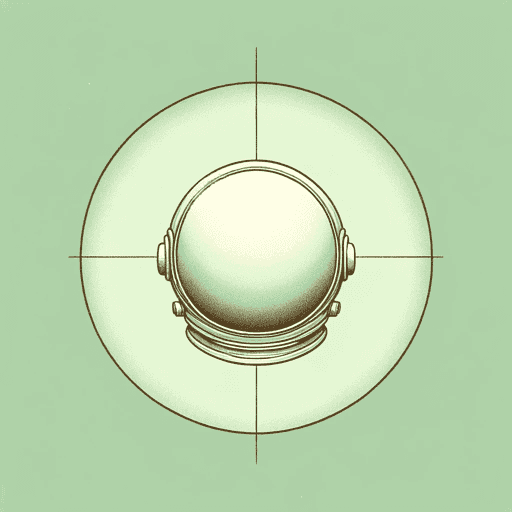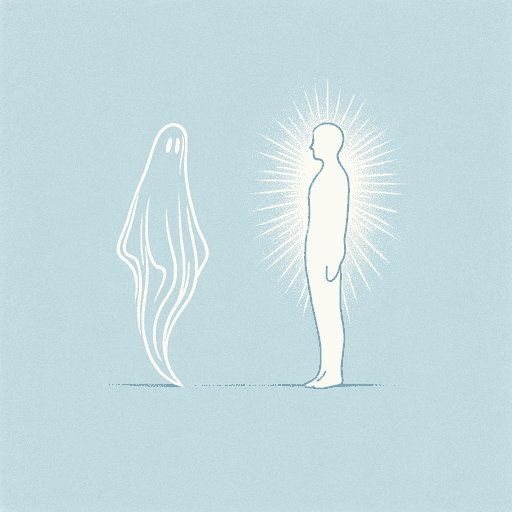29 pages • 58 minutes read
The Abolition of Man
A modern alternative to SparkNotes and CliffsNotes, SuperSummary offers high-quality Study Guides with detailed chapter summaries and analysis of major themes, characters, and more.
Key Figures
C.S. Lewis
Clive Staples Lewis (1898-1963) was born in Belfast, Northern Ireland and educated at Oxford University, where he later taught literature after service in World War I. In 1954, he was appointed to the chair of Medieval and Renaissance Literature at Cambridge University, where he remained until his retirement. He died at the age of 64 on November 22, 1963.
Originally an atheist, Lewis converted to Christianity in 1929 and joined the Anglican Church. Lewis became well-known as a writer of Christian apologetics and a defender of religious faith by means of philosophy and logic. Lewis’s faith-based works began with the allegorical Pilgrim’s Regress in 1933 and continued with Mere Christianity, The Screwtape Letters, Miracles, and others. He also became much beloved for his series of children’s fantasy books, the Chronicles of Narnia, based on Christian allegorical themes, as well as adult works of fantasy such as the Space Trilogy and The Great Divorce. In both his fiction and his nonfiction works, Lewis argued for the continuing relevance and validity of Christianity in a modern, secularized world. Lewis applied his studies in pre-modern literature and myth to form his arguments about moral values and spiritual belief.
The Abolition of Man dates from the period during World War II when Lewis’s radio broadcasts about Christianity (later incorporated into the book Mere Christianity) allowed him a wide public.



Related Titles
By C. S. Lewis




















